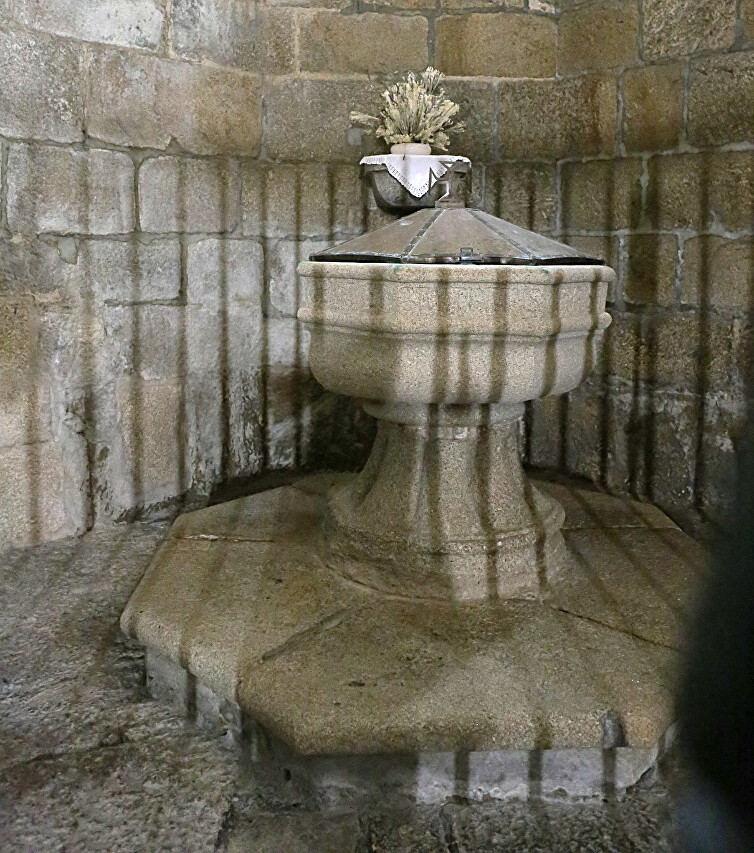Guarda Cathedral
The main decoration of the city, the cathedral (Sé da Guarda), is located in the heart of the old town. This magnificent structure was created over two centuries and incorporated features of both the Gothic and purely Portuguese style, known as Manueline.
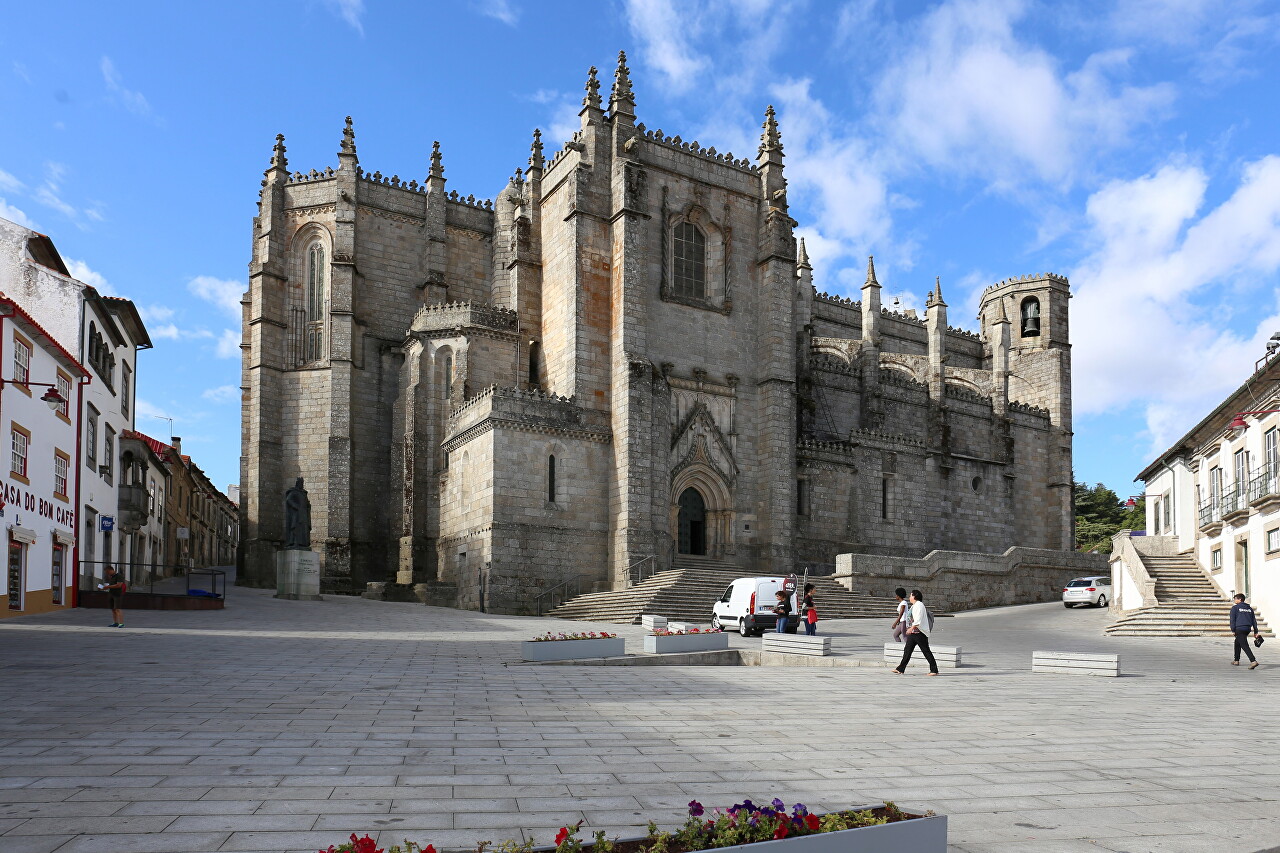
The cathedral has two massive octagonal three-tiered bell towers. The crenellated parapets of the upper platforms indicate the defensive purpose of the towers.
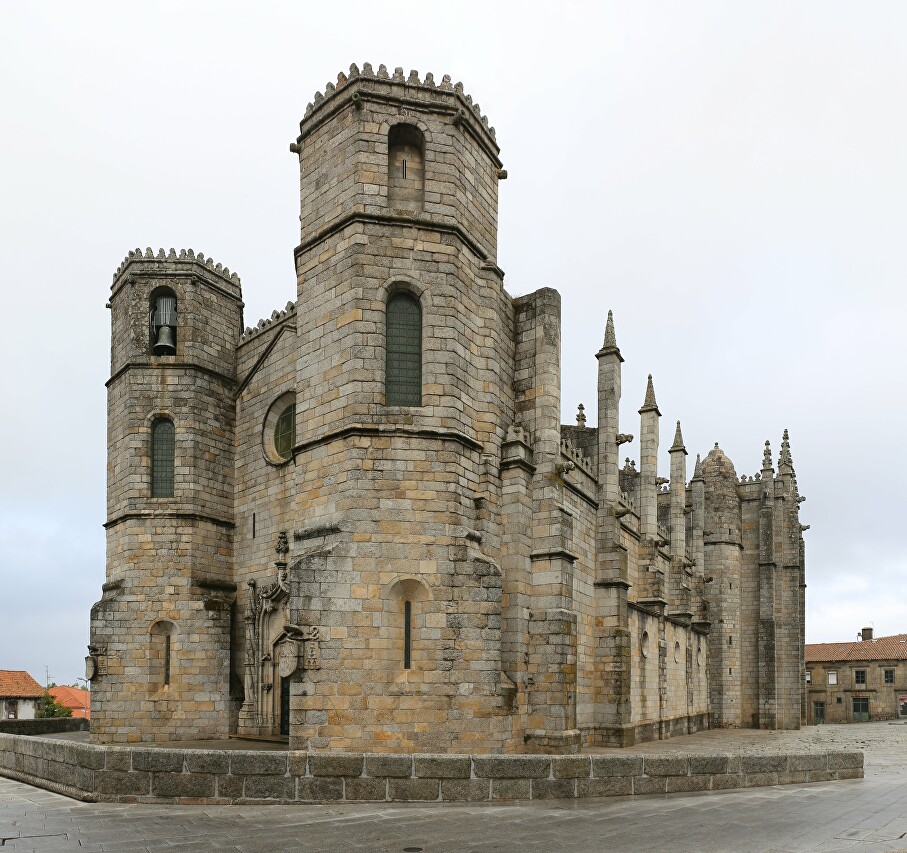
The entire building has a minimum number of windows in the lower level, more like loopholes. The bottom of the south nave has three round windows, while the windows of the upper tier have semicircular rather than pointed arches.
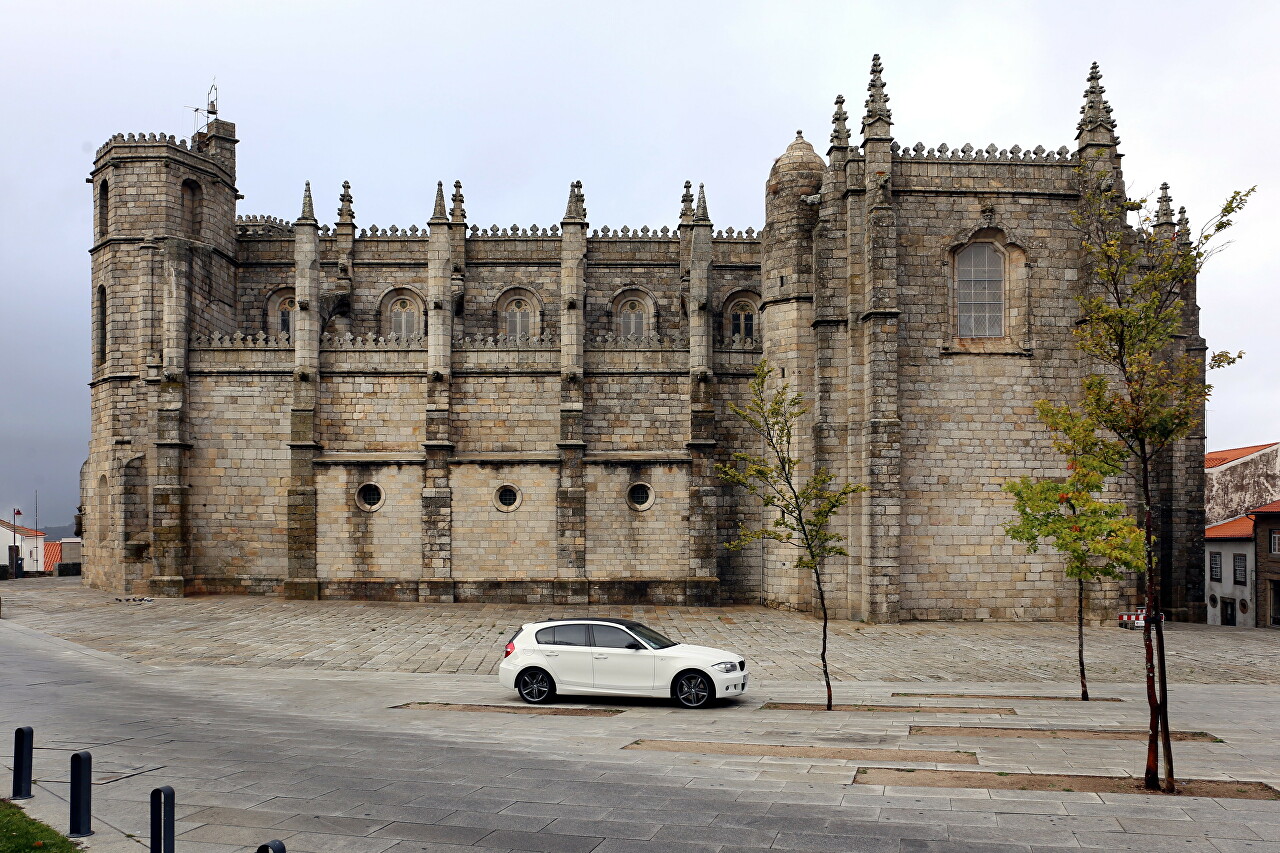
The western portal of the cathedral is decorated in the Manueline style, a Portuguese version of the Renaissance, which became widespread in the era of King Manuel I o Venturoso. Here you can see its characteristic features: numerous curved ornaments, twisted columns in the form of ropes.
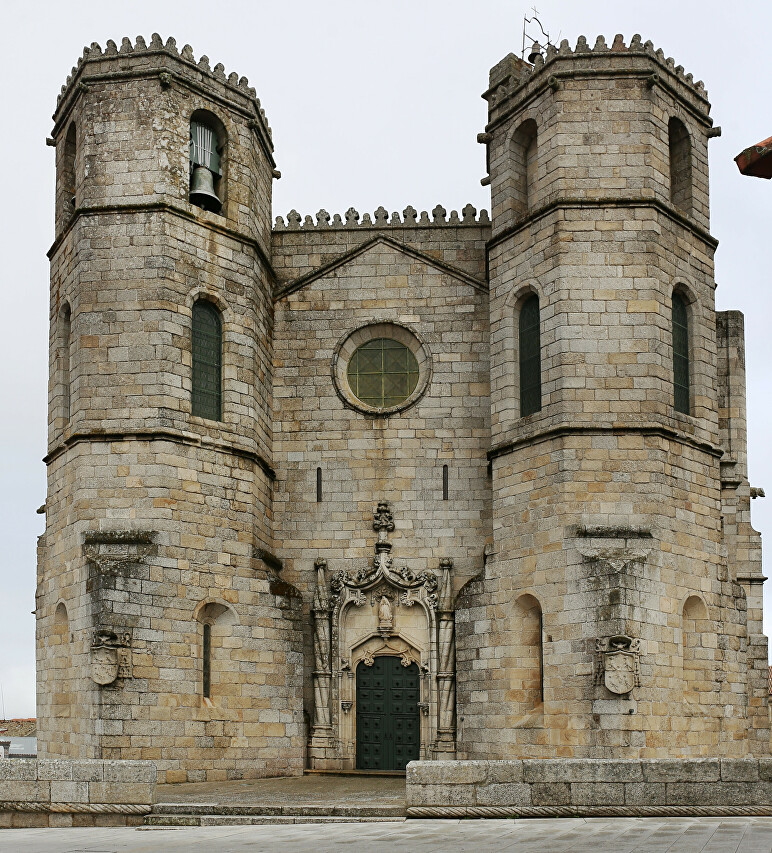
The history of the cathedral began in 1199, when King Sancho I o Povoador obtained from Pope Innocent the creation of a bishopric in the city of Guarda, founded by him on the border with Castile, at the same time the first church was built, about which now almost nothing is known, and its traces have not been found.
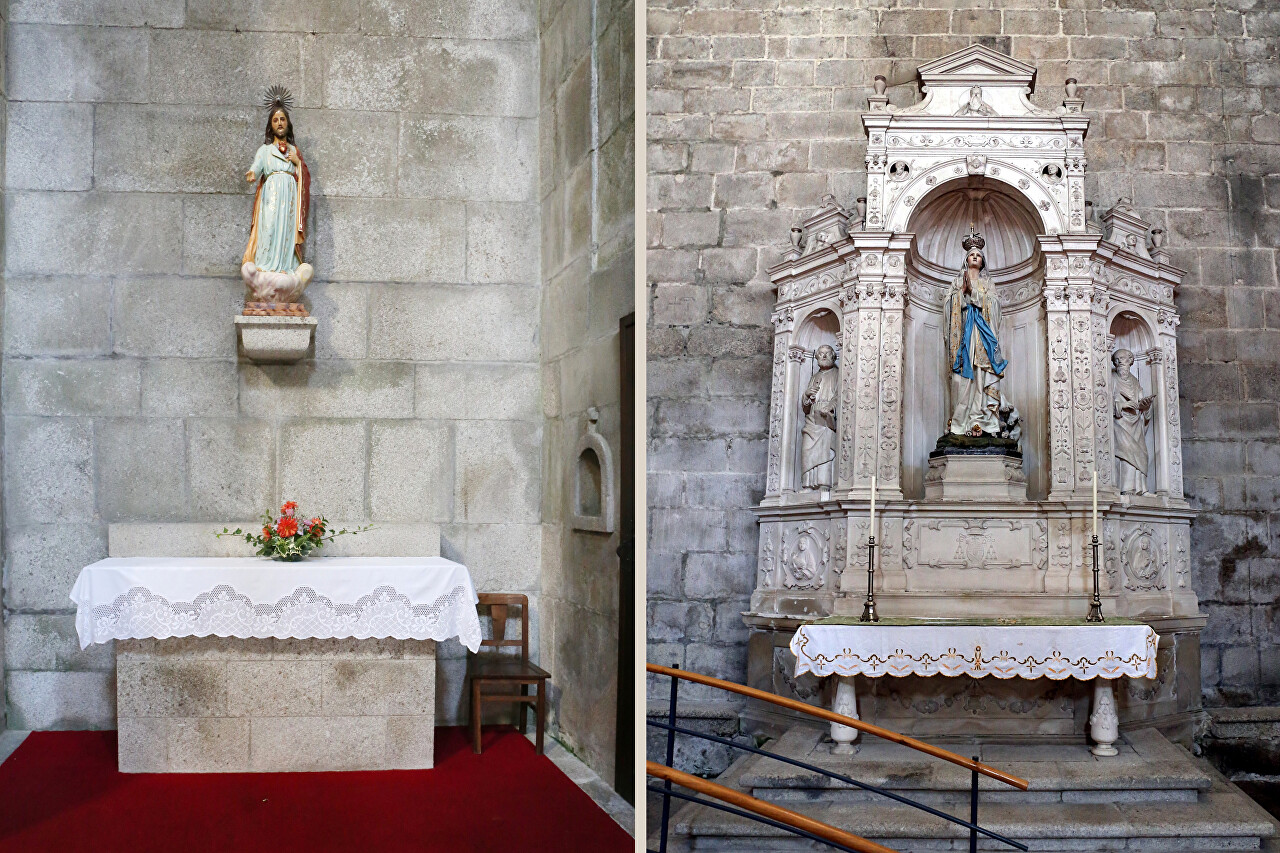
The second cathedral was built in the era of Sancho II, but had an unfortunate location and in case of its capture by the Castilians could be used to bombard the territory of the city, so it was demolished in 1374 by order of Fernando I.
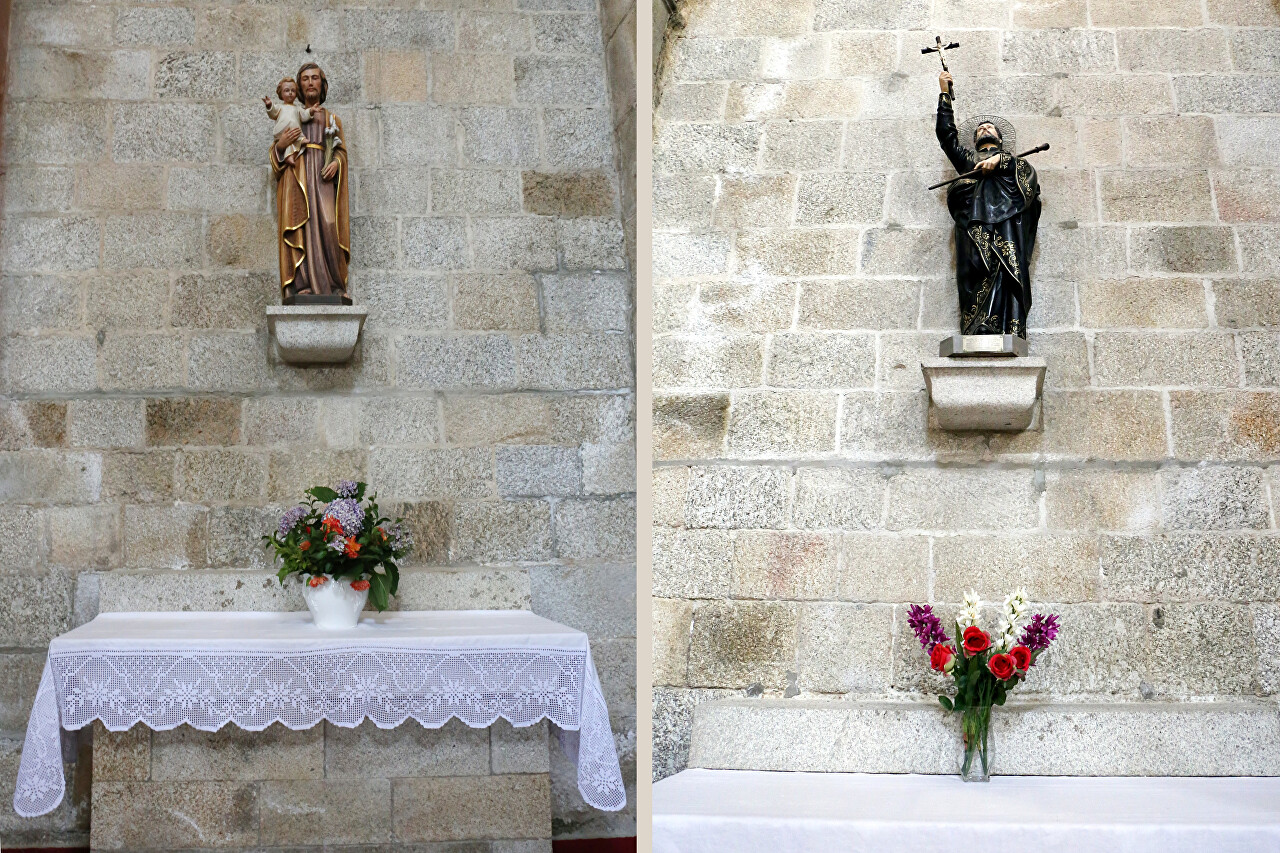
The construction of the third cathedral began on the initiative of Bishop Vasco de Lamego, who received permission from King João I (João I). The work began in 1390 and lasted for more than 150 years..
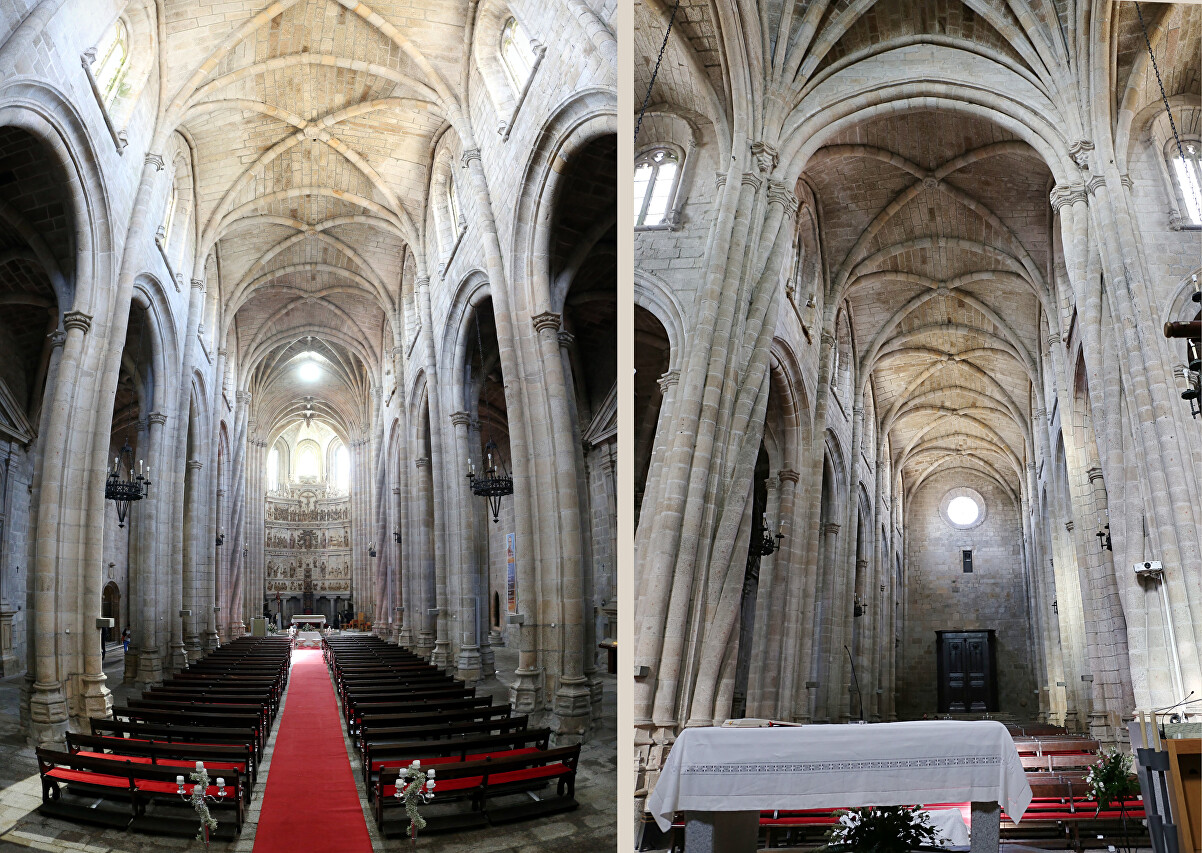
Construction was completed in 1517 during the João III era with the assistance of Bishop Jorge de Melo. During his time, the walls and arches were completed, and towers were erected.
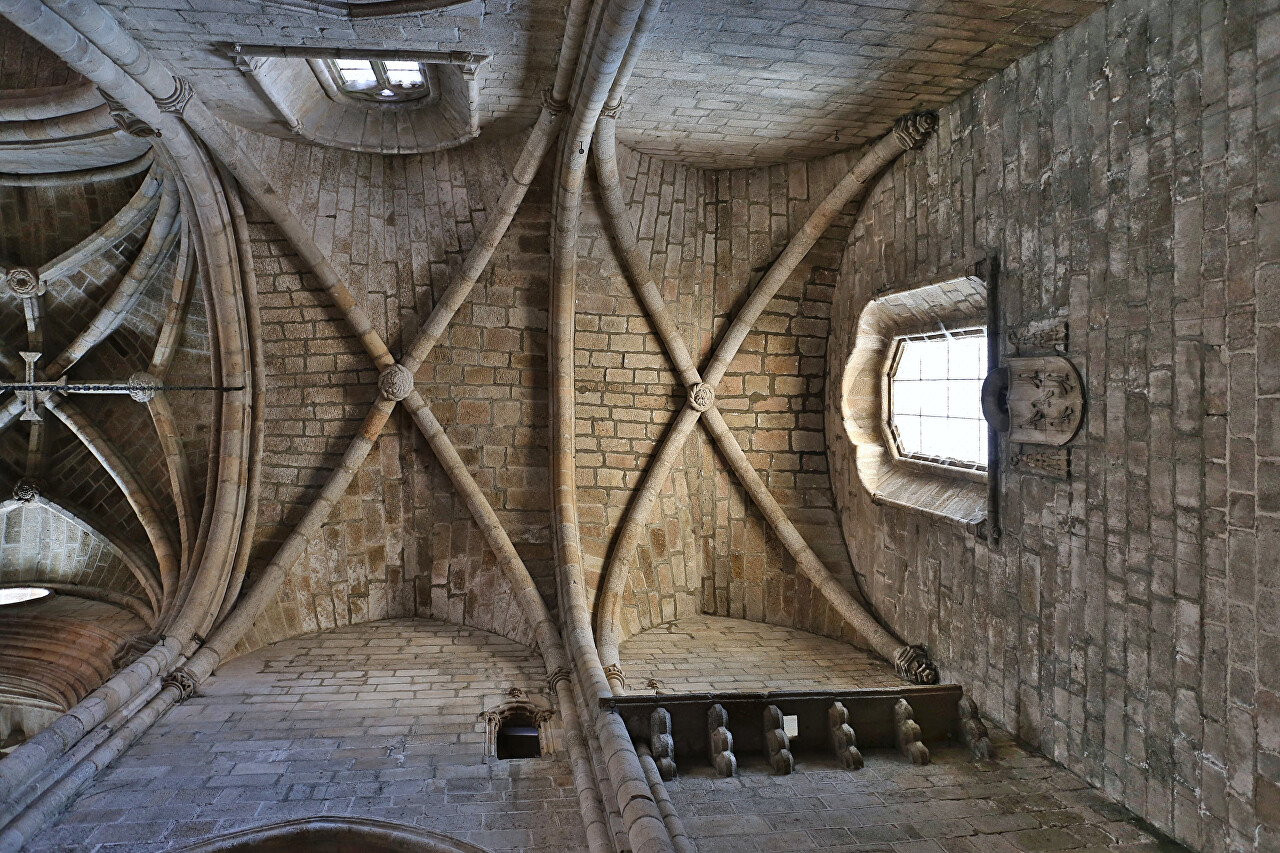
The layout of the cathedral is typical of the Middle Ages: a Latin cross with a high central nave and two side aisles, a wide transept and an apse of three connecting chapels. Here again we see elements of Manueline - twisted columns and three-dimensional decorations on the walls.
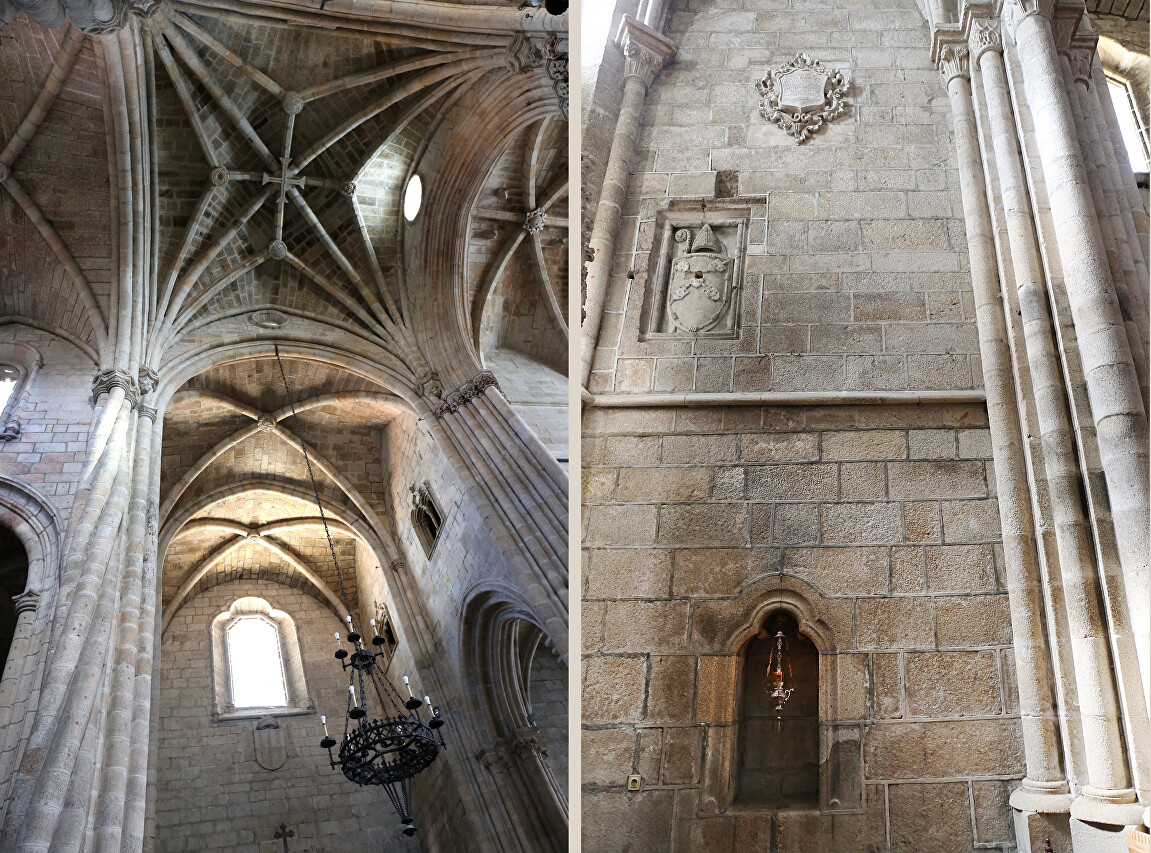
The main decoration of the interior, a magnificent marble altar made by a master from Coimbra João de Ruão (João de Ruão), this work belongs to the greatest sculptural monuments of the late Renaissance period.
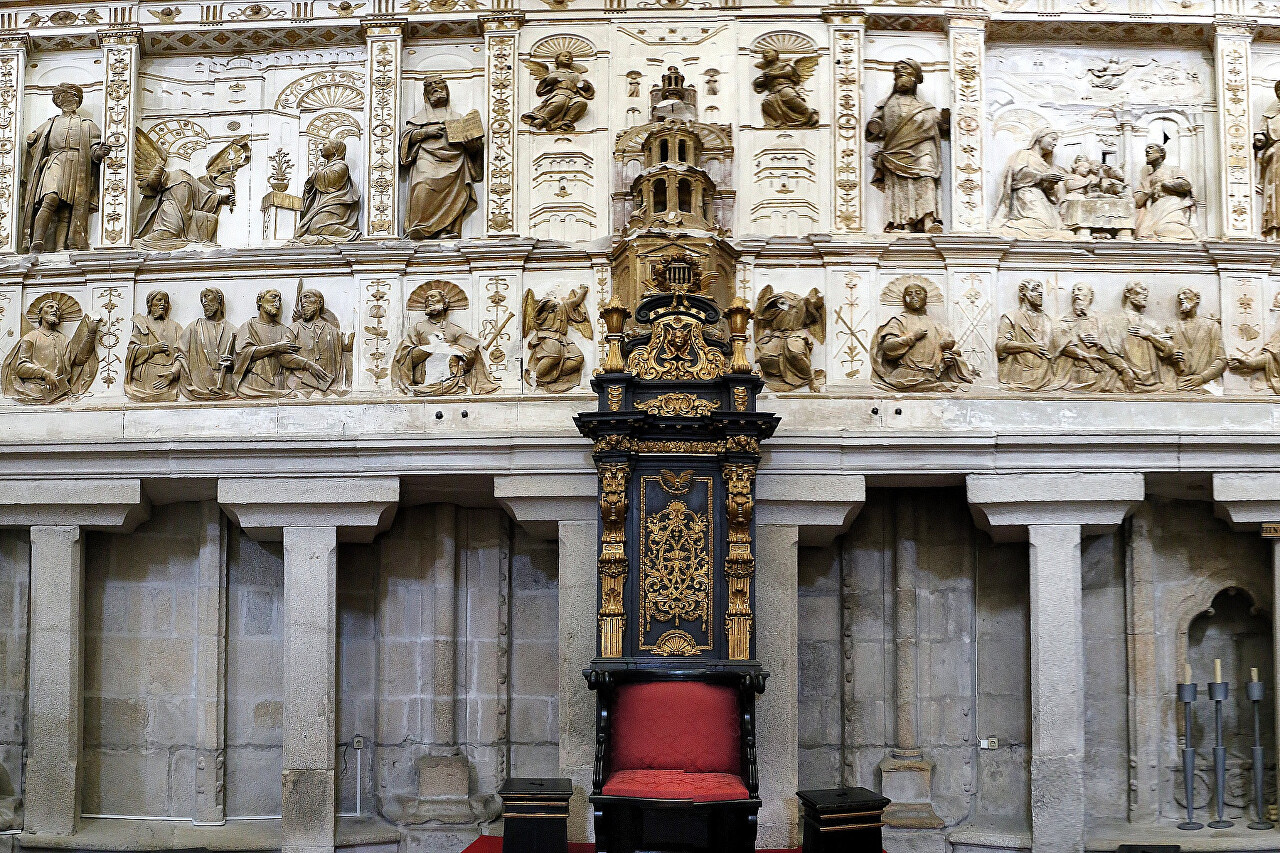
Following the semicircular shape of the apse, the altar consists of four hierarchical tiers: in the lower one there are bas-reliefs of the apostles, in the second Moses, Ezekiel, Elijah and Daniel, the Annunciation and the Nativity, in the third the Virgin and the Assumption, and, finally, the upper row depicts scenes from the Passion of Christ.
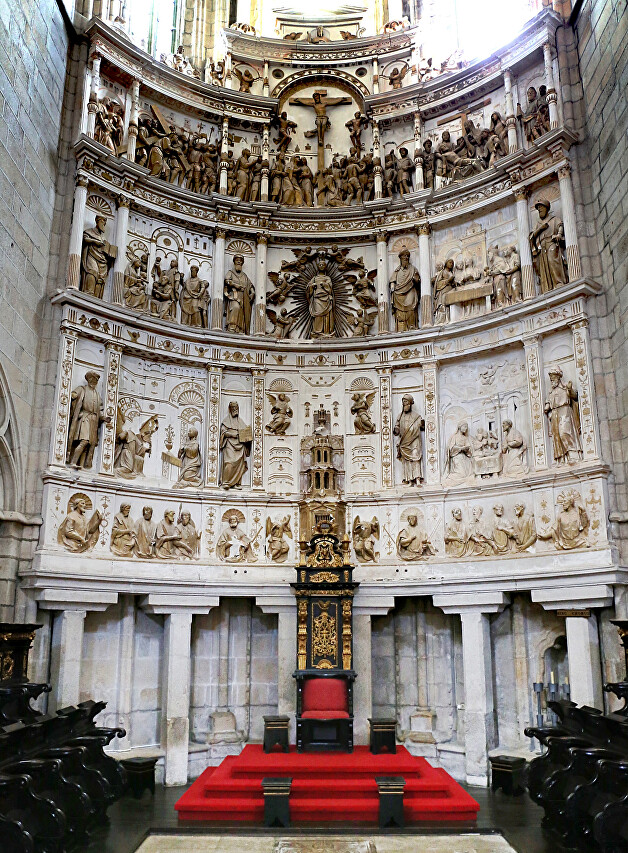
Chapel to the right of the main altar with the image of the Last Supper.
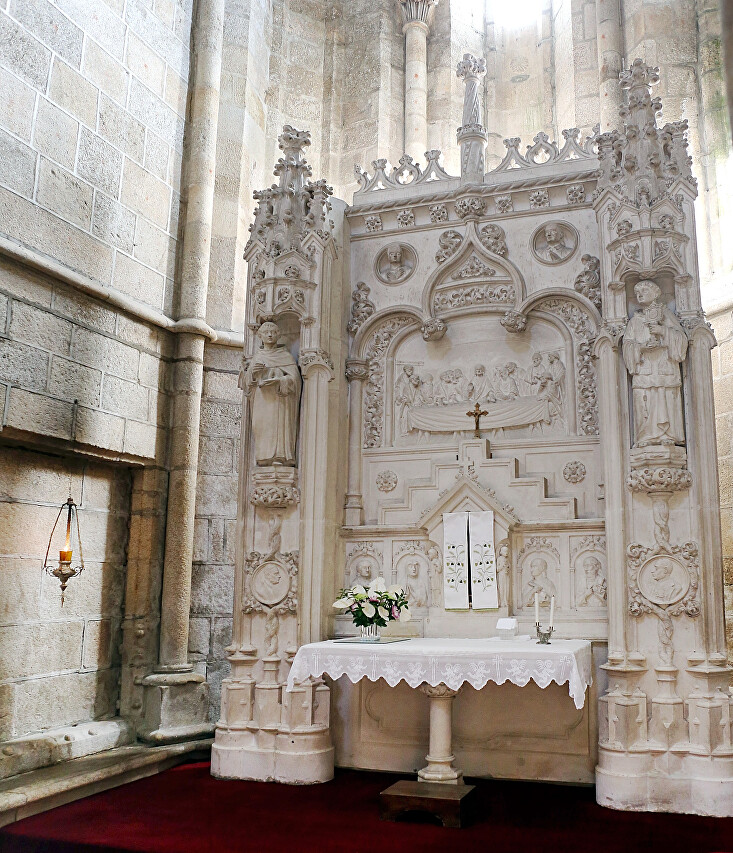
Wooden choirs made in the 18th century are also of interest.
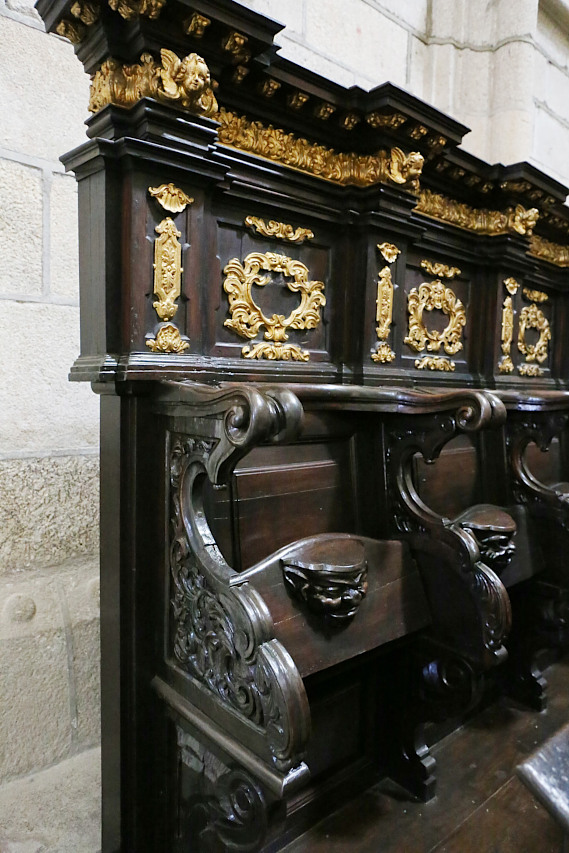
The upper part of the choir stalls is decorated with gilded wood carvings.
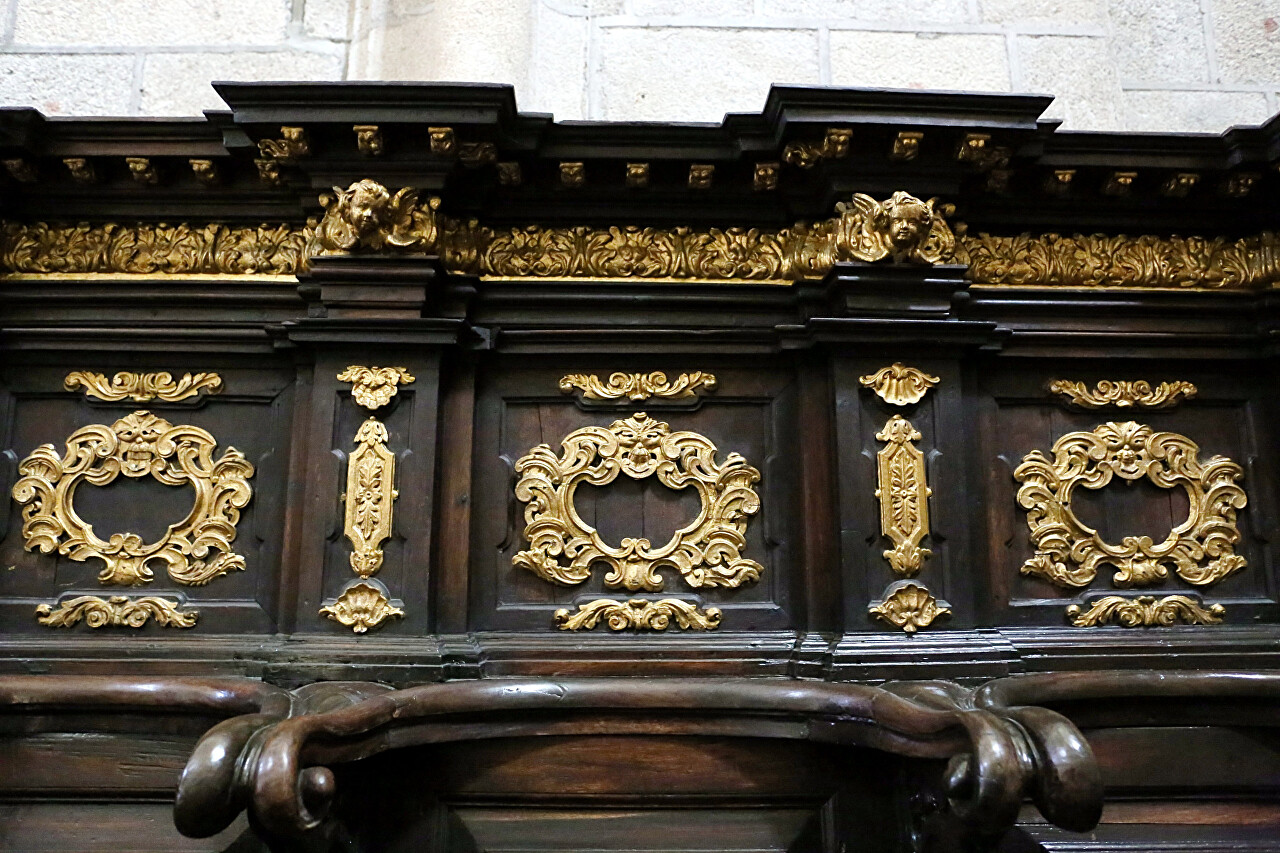
Wooden bas-reliefs depicting grotesque human faces can be seen on the folding seats.
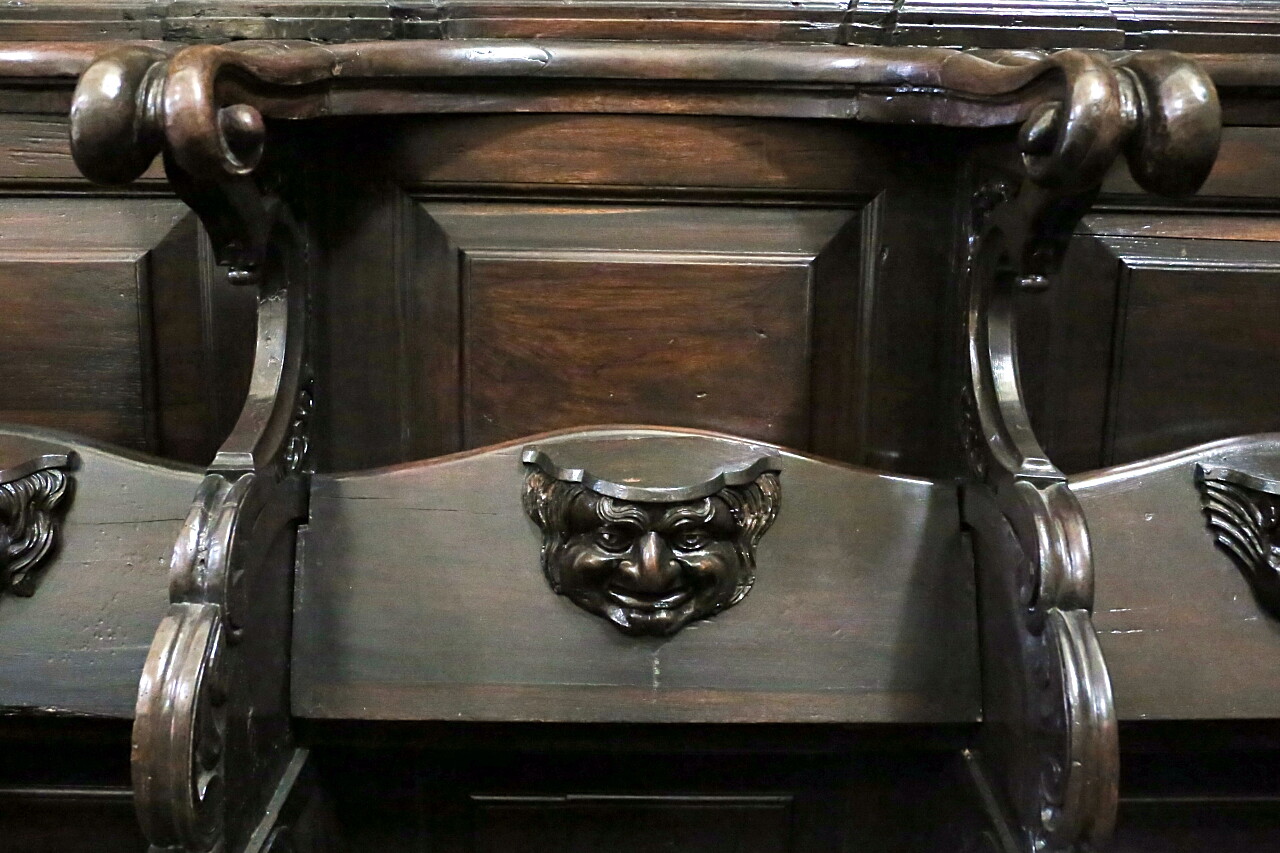
Bishops and other clergy are buried in the cathedral, and there are many tombstones in the stone floor.
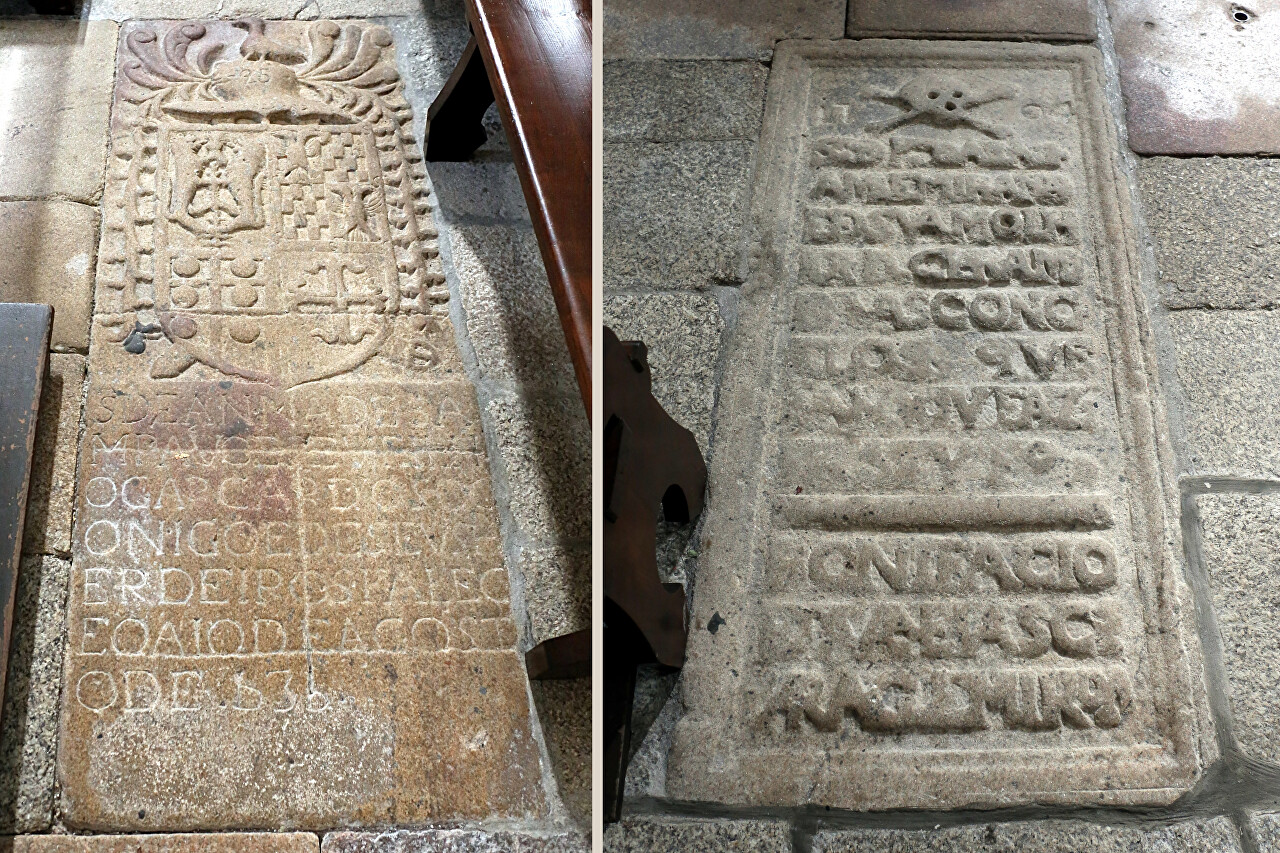
The cathedral is open to the public from Monday to Sunday. In the summer season (April 1 to October 31) from 10: 00-13: 00 and 14: 00-17: 30, in other months from 09: 30 to 13: 00 and 14:00-17: 00. The cathedral is closed on January 1, Easter Sunday, June 1 and December 24, 25 and 31.
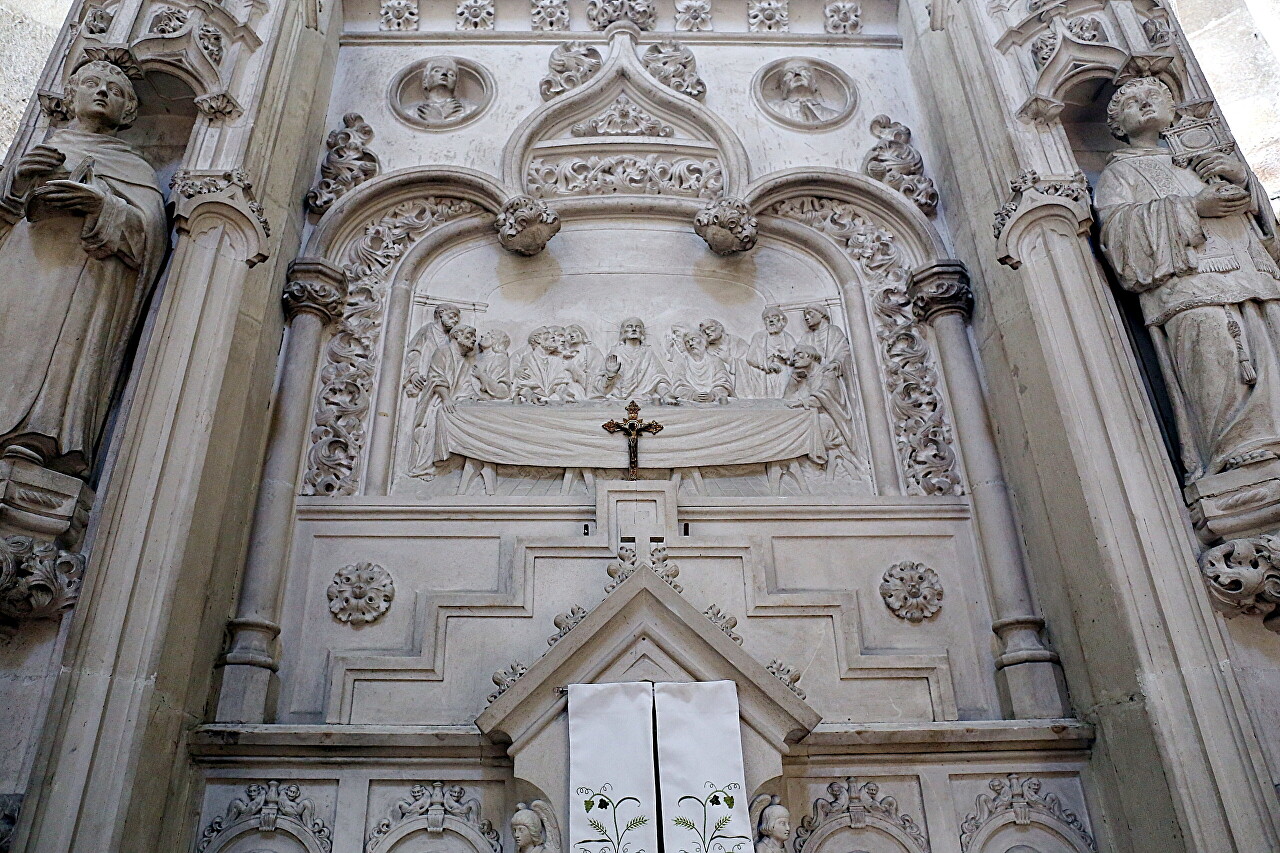
The cost of admission is 1 euro, if you want to go up to the roof and enjoy the beautiful view of Guarda and the surrounding area, you need to pay 2 euros. During divine services, visiting the cathedral is prohibited. Group or individual excursions are possible.
